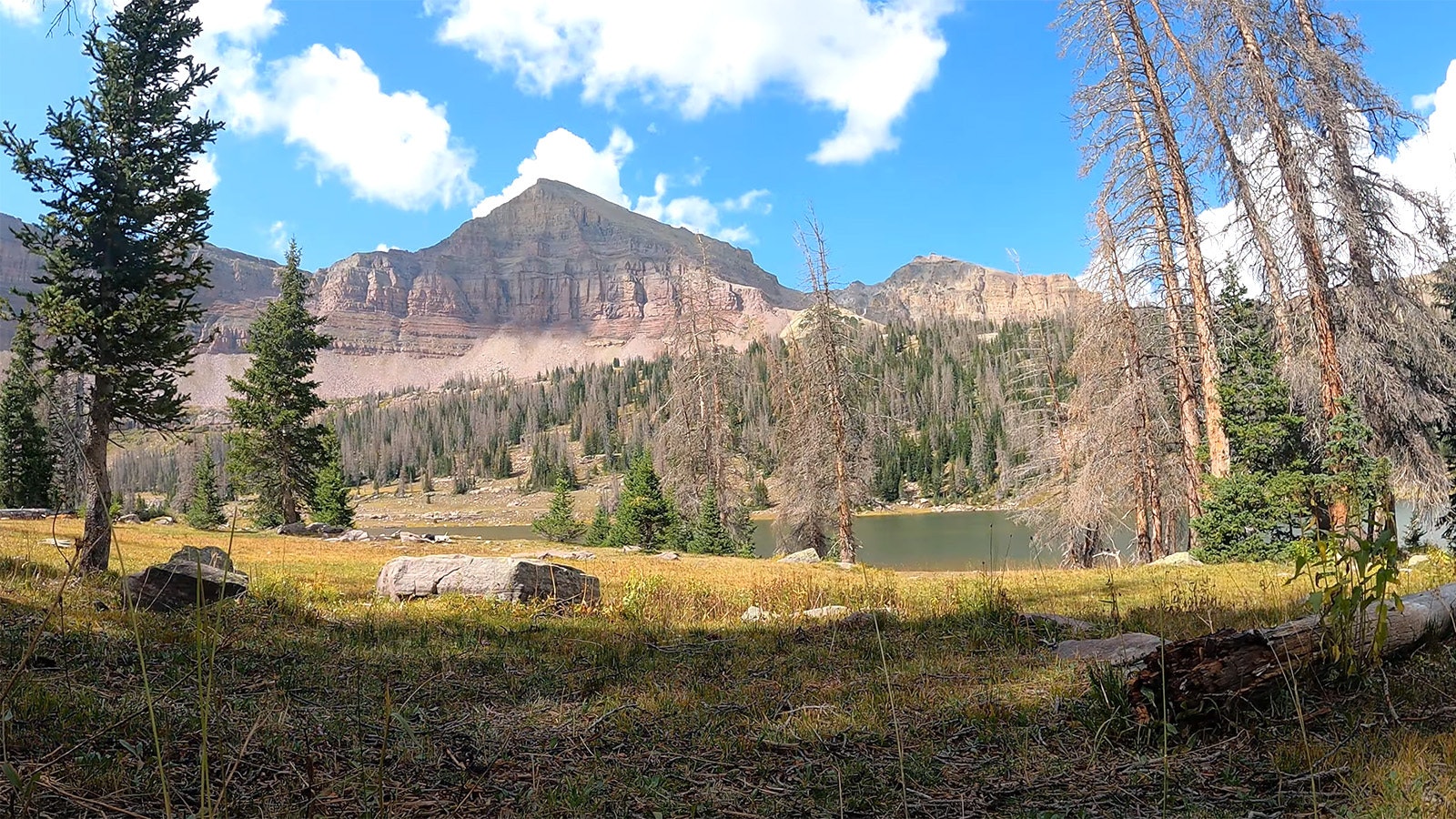An tiny invasive snail recently found in Alsop Lake, an Albany County trophy fishery, likely didn’t originate from Flaming Gorge Reservoir, where it was found in 2021.
Wyoming Game and Fish officials said the New Zealand mud snail, a tiny creature only about 1 mm long, seems to be spreading around Wyoming, even if it doesn’t pose the same risk to game fisheries as the invasive quagga mussel or the zebra mussel. But they can be moved from one water body to another by fishermen and compete with native snails.
Quagga and zebra mussels compete directly with game fish because they feed on plankton, which many different species of game fish depend on. They also reproduce rapidly and cling to boats, docks and water diversion infrastructure. Neither of these aquatic invasive species have been found in Wyoming, but they are present in Lake Powell, a reservoir on the Colorado River that spans the borders of Utah and Arizona.
The New Zealand mud snail competes with other native insects and small creatures that fish eat and can impact those populations.
Popping Up Around Wyoming
Wes Gordon, aquatic invasive species coordinator for the Game and Fish’s Green River Region, told Cowboy State Daily the New Zealand mud snail was recently discovered in Alsop Lake in Albany County, west of Laramie near the Bamforth National Wildlife Refuge.
It’s also been found in other places around Wyoming, including the North Platte River, the Bighorn River, Lake Cameahwait in Fremont County, and was discovered in Flaming Gorge Reservoir in 2021.
“One major difference between the New Zealand mud snail and zebra and quagga mussels is they are asexual, meaning it only takes one to start a whole new population,” Gordon said. “The main vector of spread is wade fishing on boots, kayaks and canoes moreso than motorized boats.”
Gordon said there is literature suggesting New Zealand mud snails can hurt sport fish populations, but the snail has existed in the Green River below Flaming Gorge Dam for at least a decade.
The top section of the Green River below Flaming Gorge Dam, known as the “A” section, is known as one of the finest tailwater fisheries in the U.S. with an estimated 8,000 to 14,000 trout per mile.

Precautions
“Fishermen should be aware of where they exist,” Gordon said. “Be sure you are cleaning your boots, waders and all other fishing gear. Be more vigilant where there is a population present.”
New Zealand mud snails can get stuck in the laces of wading boots and in boot bottoms if they are made of felt.
They also are present in nearly all of the states that border Wyoming, and if they get moved into fish hatcheries it impedes the ability to move fish around, Gordon said.
Copper sulfates have been an effective control measure in Arizona. Gordon said it’s not impossible to control the snails, but it is a daunting task in open bodies of water, especially because they’re only slightly larger than a grain of sand.





